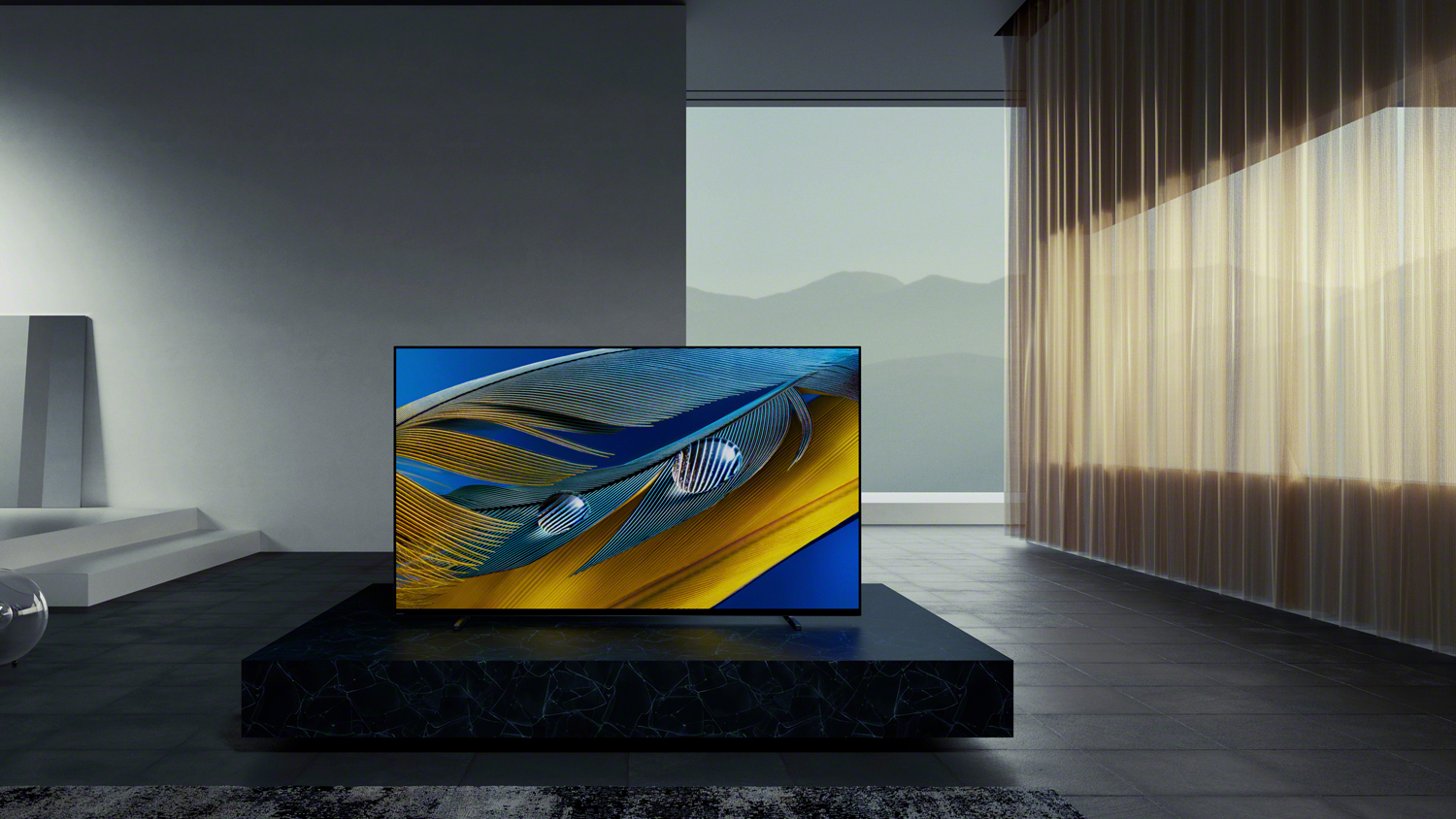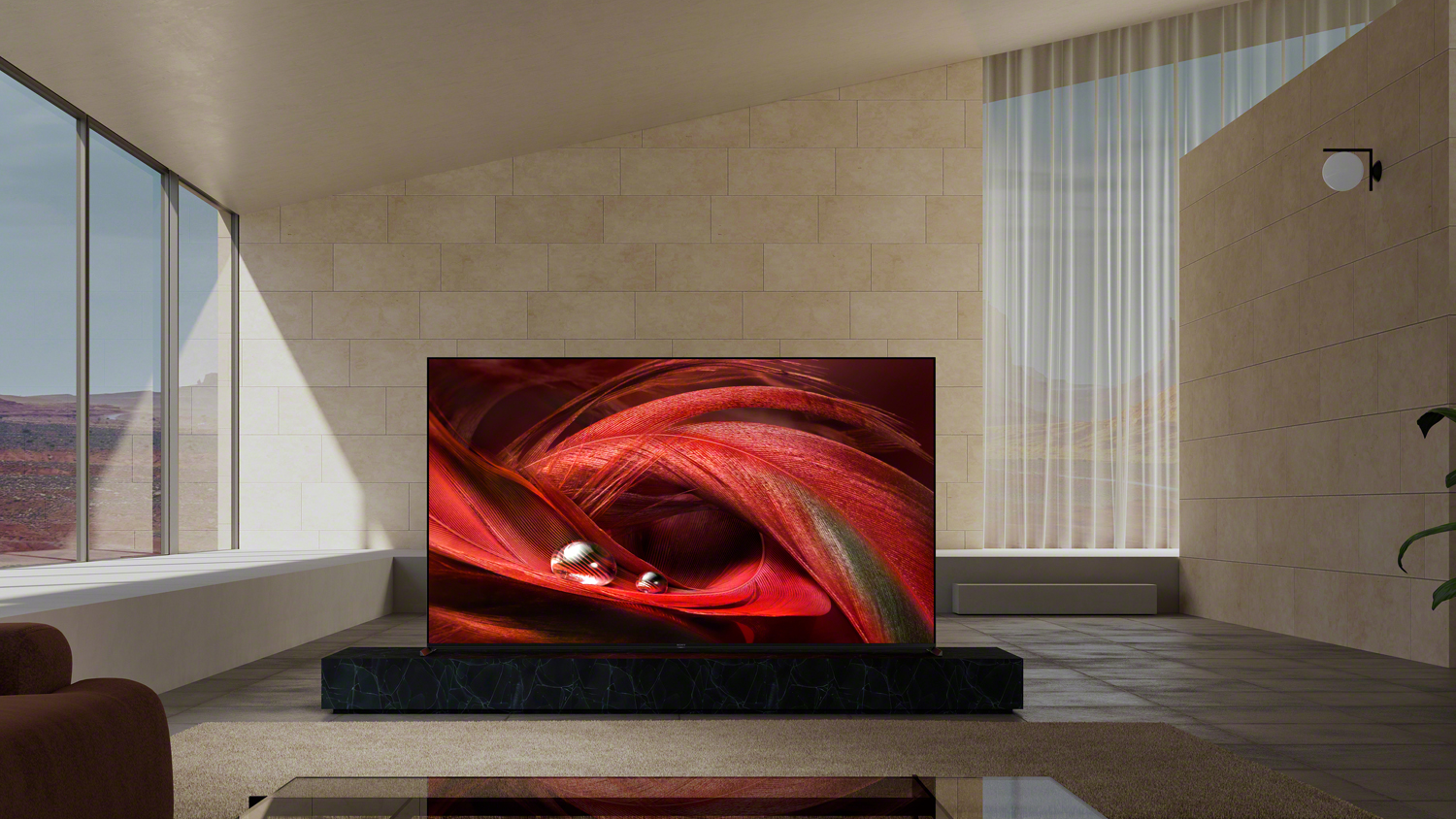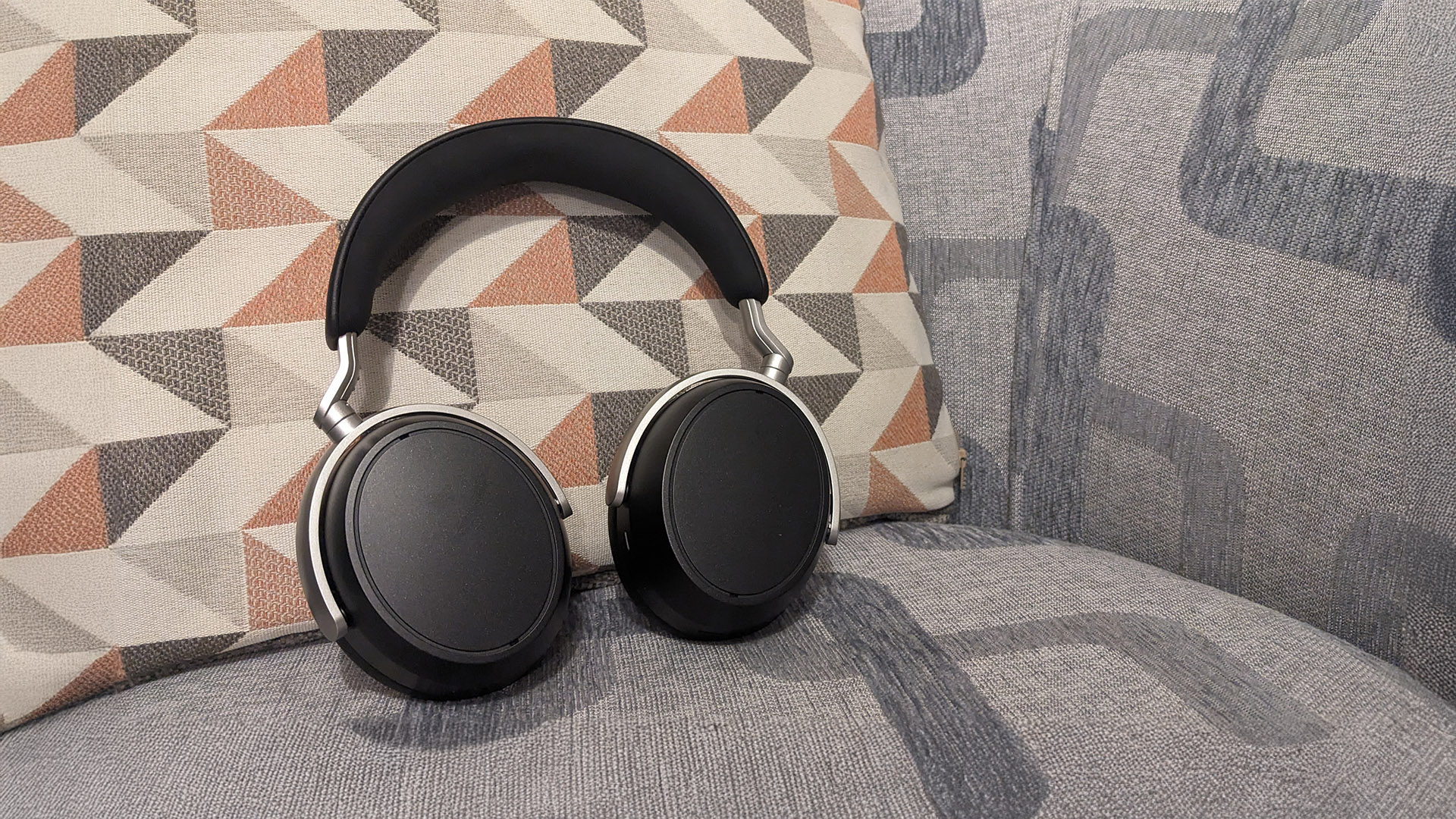
Sony has unveiled its 2021 TV range at this year's virtual CES event and, with it, an all-new picture processor to power its Sony Bravia XR TVs, called the Cognitive Processor XR.
Replacing the Picture Processor X1 series of chips, the Cognitive Processor XR adds a layer of cognitive intelligence on top of Sony's well-seasoned artificial intelligence algorithms. The aim is for these sets to understand their source material in a more human way and create more effective picture and sound enhancements.
Launching with the Cognitive Processor XR is a fleet of Bravia XR TVs, led by the 8K Master Series Sony Z9J LCD TV, available in 75in and 85in sizes. There are then two series of OLEDs – the Sony A90J Master Series, which comes in an all-new 83in panel as well as 55in and 65in, and the Sony A80J OLEDs in 55, 65 and 75 inches.
The Sony X95J is the premium 4K LED model which benefits from many of the features of the Z9J and lastly for the Bravia XRs are the Sony X90J TVs, aimed at a more mid-ranged market. You can find full details of on our full Sony 2021 TV line-up guide.
Sony has largely stuck with its single slate design and many of the TVs include a three-way stand allowing for both central and wide positioned feet as well as a soundbar formation which leaves more room at the foot of the panel for an external speaker.
The basic Android TV experience from 2020 and before has been given a big lift with the addition of the Google TV UI. It's the same intuitive interface used on the most recent Chromecast device. As Google's launch partner, these Sony's TV will be the first third-party manufacturers to feature it.

Sony might not be hitting the headlines with brand new panel tech like the Mini LED TVs of LG and Samsung but there are plenty of reasons to expect a big boost in performance with a brand new processor at the helm.
The latest hi-fi, home cinema and tech news, reviews, buying advice and deals, direct to your inbox.
For picture, the cognitive intelligence is designed to detect and enhance the focal point of the action by examining elements such as colour, contrast, texture, depth and detail in multiple zones and then cross-analysing that information within and between frames in a way that is supposedly similar to the brain. The main desired effect is for it to increase brightness in the right areas of the picture and boost contrast across the screen.
Sony's Bravia XR Sound brings a new dimension to the TV audio to sit alongside its already excellent sound-from-picture design. The 3D Surround Upscaling tech uses the new actuators and frame tweeters on the tops of the panels to help creative a virtual 5.1.2ch experience from any 5.1ch or 2ch audio signal.
Speaker sizes have been increased and the OLED TV's actuators themselves redesigned to help improve performance too and, with any luck, create a more enveloping soundstage for Bravia TVs than before.
Should all of this be out of budget, then you'll still find two ranges of LED TVs powered by the older Picture Processor X1. The X85J and X80J TVs come in a large range of panel sizes, boast the Google TV platform and still benefit from the low-lag HDMI 2.1 features that next-generation gamers will be looking for.
Lastly, but far from a footnote, is the high-bitrate Bravia CORE video streaming service that will come pre-loaded and be exclusive to the Bravia XR TVs. It will host the latest box office films from Sony Pictures Entertainment and hundreds of classics too, which can all be viewed at 4K Blu-ray-like quality. Read here for more information on Bravia CORE.
MORE:
Samsung 2021 TV lineup: everything you need to know
All the news from CES 2021
Dan is a staff writer at What Hi-Fi? and his job is with product reviews as well as news, feature and advice articles too. He works across both the hi-fi and AV parts of the site and magazine and has a particular interest in home cinema. Dan joined What Hi-Fi? in 2019 and has worked in tech journalism for over a decade, writing for Tech Digest, Pocket-lint, MSN Tech and Wareable as well as freelancing for T3, Metro and the Independent. Dan has a keen interest in playing and watching football. He has also written about it for the Observer and FourFourTwo and ghost authored John Toshack's autobiography, Toshack's Way.

